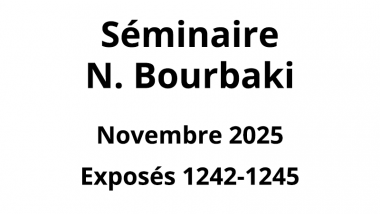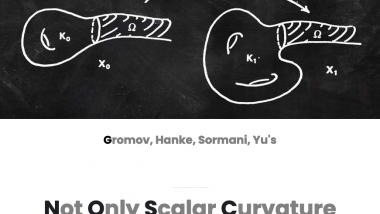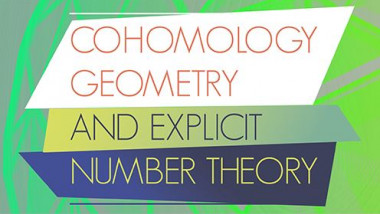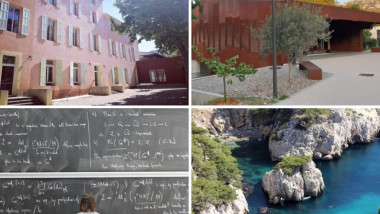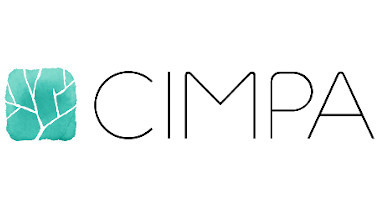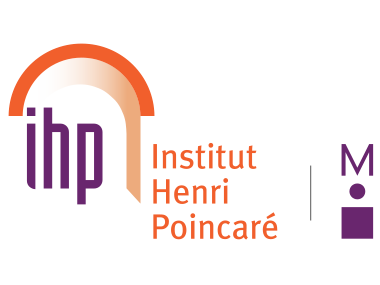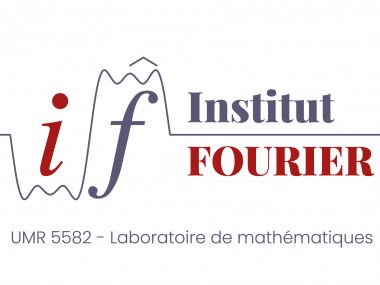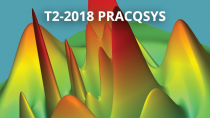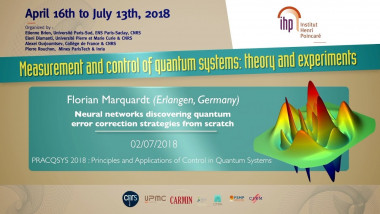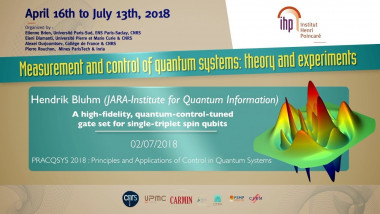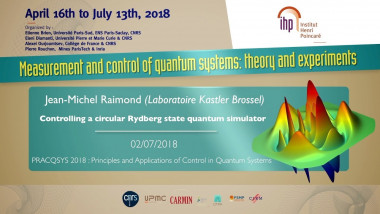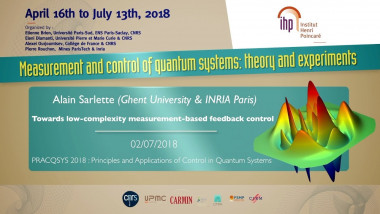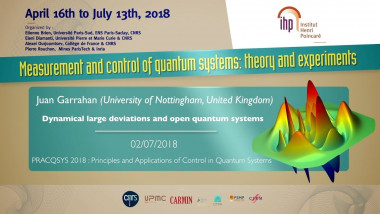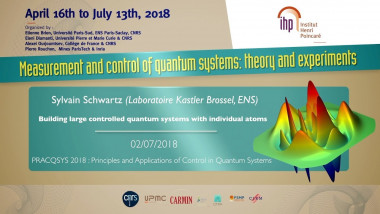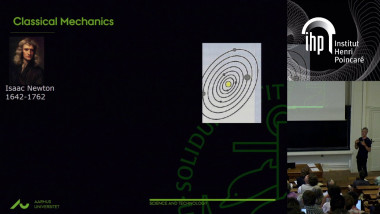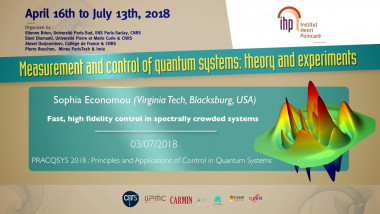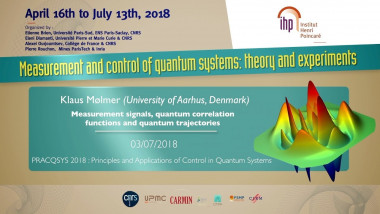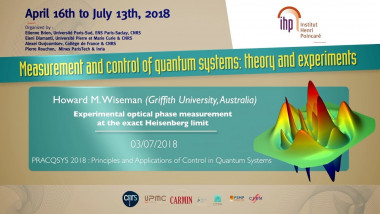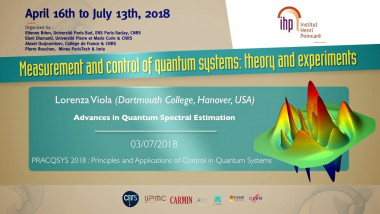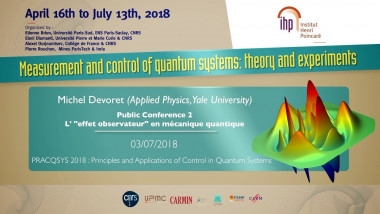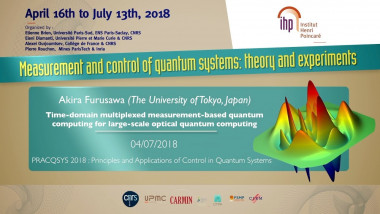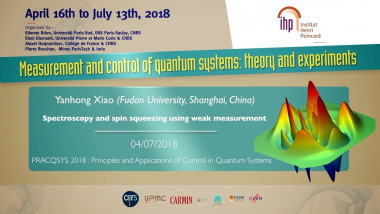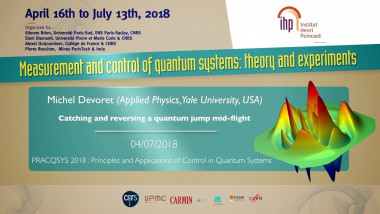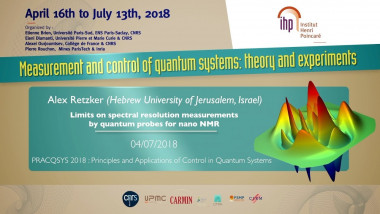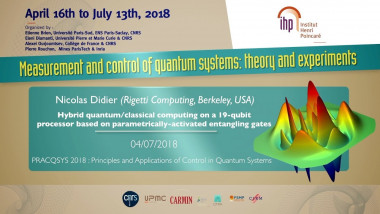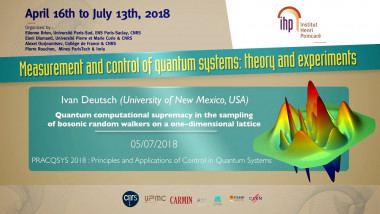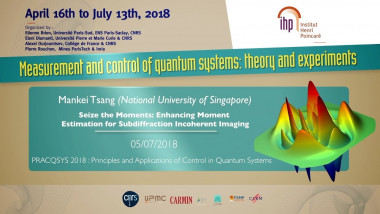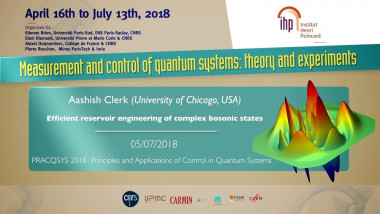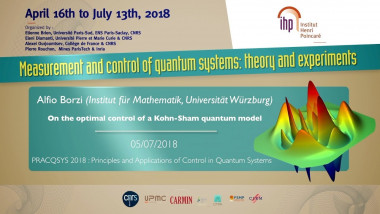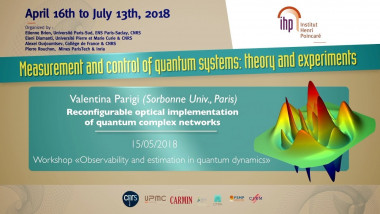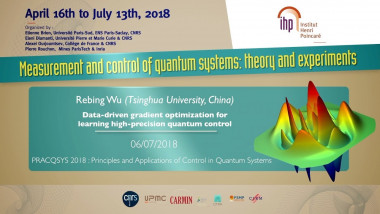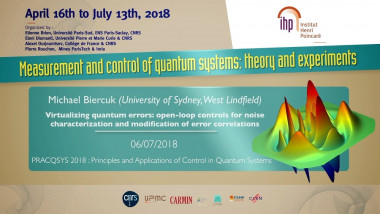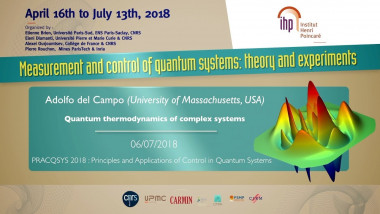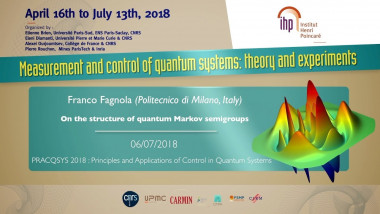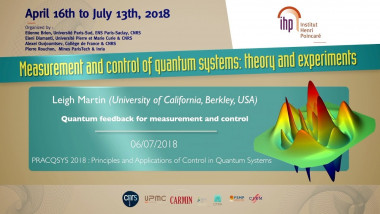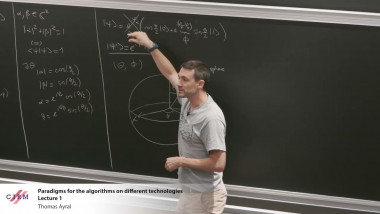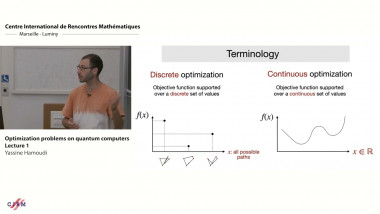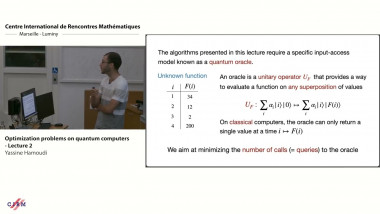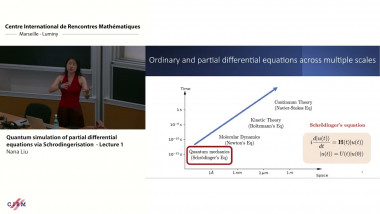Virtualizing quantum errors: open-loop controls for noise characterization and modification of error correlations
In the filter transfer function framework the action of an open-loop control in the presence of non-commuting noise is reduced to a simple spectral overlap along multiple Cartesian projections. Lever- aging this enabling toolset we perform experiments using trapped atomic ions in order to study the complementary tasks of noise characterization and error suppression in quantum coherent hardware. First, we introduce quantum control operations derived from Slepian functions used to modify the sensitivity of a qubit to its ambient environment, producing a provably optimal, tunable narrowband response. We experimentally reconstruct the filter functions for these controls in order to demonstrate their spectral concentration properties and use them to reconstruct complex noise spectra - valuable information for the task of optimizing error-suppressing quantum control protocols. In another line of work we explore the efficacy of quantum control operations producing broadband noise filters not only in reducing error rates, but also correlations between errors in quantum circuits. Our experiments reveal that an interpretation of the action of open-loop dynamically corrected gates as “whitening” the effective noise spectrum accurately predicts new experimental signatures of error correlations in quantum circuits. These results demonstrate that open-loop quantum control can actually virtualize errors to enhance compatibility with higher level error correction procedures, going well beyond the simple task of reducing decoherence. Finally, we introduce Q-CTRL, a venture-capital backed startup company helping quantum hardware manufacturers leverage the power of quantum control and describe BLACK OPAL, our flagship quantum control software suite.
